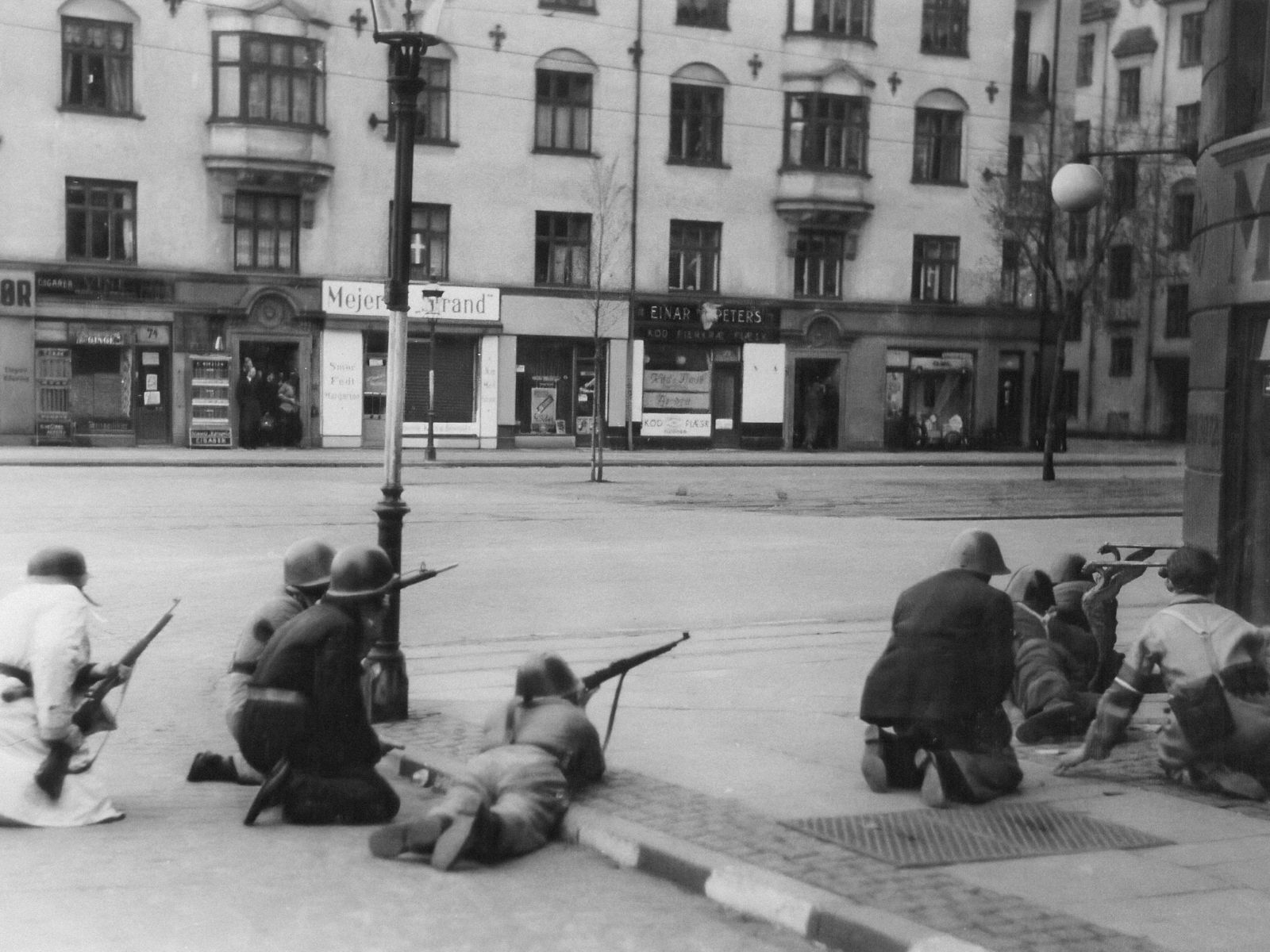World War II was a horrific time. Between 1939 and 1945, the global conflict between the Allies and Axis powers, which included all the great powers in the world, changed the shape of the countries as we know it. It changed political alignments and social structure and set the foundation of the international order for the rest of the 20th century going into the 21st century.
With so much history in a matter of these years, it’s interesting to dive into rare World War II artifacts to understand what these people were experiencing, as well as understand how each item shaped the outcome of the war. From written letters to damaged, used helmets on monumental days, these rare World War II artifacts have seen their fair share of conflict and hardships. Let’s see what stories they bring us.
5. Vintage World War II U.S. Navy Banner
Preserves rare World War II artifacts can tell stories, like this vintage Navy banner. The banner is partially printed and has sewn elements, like the emblazoned “Welcome Firemen”. The flag is dyed in navy blue with a white stripe and a sewn red strip on the top and bottom. There are thirteen white stars on the design.
Flags are just one of the many items in our history, as it’s a symbol of pride. Battle flags have been a fixture of the Navy since the earliest days of the Revolutionary War. This banner was produced around 1941 and is one of the rare World War II artifacts that collectors and historians would love to get ahold of.
4. World War II German Goebel Statue of Heer Infantryman
Goeble statues are clay-molded, liquid porcelain figures made by the Goeble Porcelain Company, which was known for being a popular utensil brand, which is a strange rare World War II artifact on the list. But Goebel’s master sculptor, Arthur Möller, made this model in 1941.
At only 12 inches high with a 6-inch by 6-inch base, the figure is one of the rare ones around as production ceased during the war, and all original molds were destroyed. The statue shows the immense attention, all the way down to the gas mask canister’s strap slipping behind the tunic. It’s a beautiful piece of artwork that is a rare find.
Also Read: Historical Pieces of Civil War Memorabilia
3. Original Vintage World War II British Soviet Poster
Similar to flags, posters are another way to encourage citizens. While flags show loyalty and pride, posters are more for propaganda purposes, but even so, they elicit pride in one’s country. Surprisingly, one of the most rare World War II artifacts that have been around is not a U.S. poster, but one from a Soviet writer, translator, and poet, Samuil Marshak.
The poster features an image of two smiling pilots in British and Soviet warplanes shaking hands as they drop bombs on Berlin against a black background. The bombs marked with Union Jack flags and red USSR spread over the German city. It’s an interesting and rare piece of propaganda looking into the world on the other side of the globe.
Out: Surprising Civil War Facts That Aren’t Common Knowledge
2. Dwight D. Eisenhower Signed Letter as Supreme Commander
Letters hold the most weight during wars. From communicating new tactics and information to signing treaties to end conflicts, written words hold power. So of course one of the most valued rare World War II artifacts is a letter signed by Dwight D. Eisenhower. The military officer and statesman was the Supreme Commander of the Allied Expeditionary Force in Europe and achieved the five-star rank as General of the Army.
He planned and oversaw two of the most consequential military campaigns of World War II: Operation Torch and the Invasion of D-Day. In this letter, he writes about his achievements not only to General Vandenberg, but to all the soldiers who liberated Europe, and is one of the best World War II artifacts that still lives to this day to tell the tale.
Read More: Deadliest Wars In History: From World Wars to Civil Wars
1. World War II USN D-Day Invasion M1 Helmet and Liner
Normandy landings, also known as D-Day, was an operation in 1944 of the Allied invasion of Normandy in Operation Overlord during World War II. It was the largest seaborne invasion in history, and was the beginning of the liberation of France, and the rest of Western Europe, and laid the foundation of the Allied victory on the Western Front.
While the day created monumental victories, it was also a deadly operation, as men landed under heavy fire from gun emplacements overlooking the beach, and the shore was covered in obstacles like wooden stakes, metal tripods, barbed wire, and the mines. It was difficult to get on shore safely, let alone fight and defend. So having a helmet, let alone an intact one, is huge for collectors and historians. This helmet in particular has wartime paintings and was produced in 1942, and is one of the most rare and valuable World War II artifacts.
